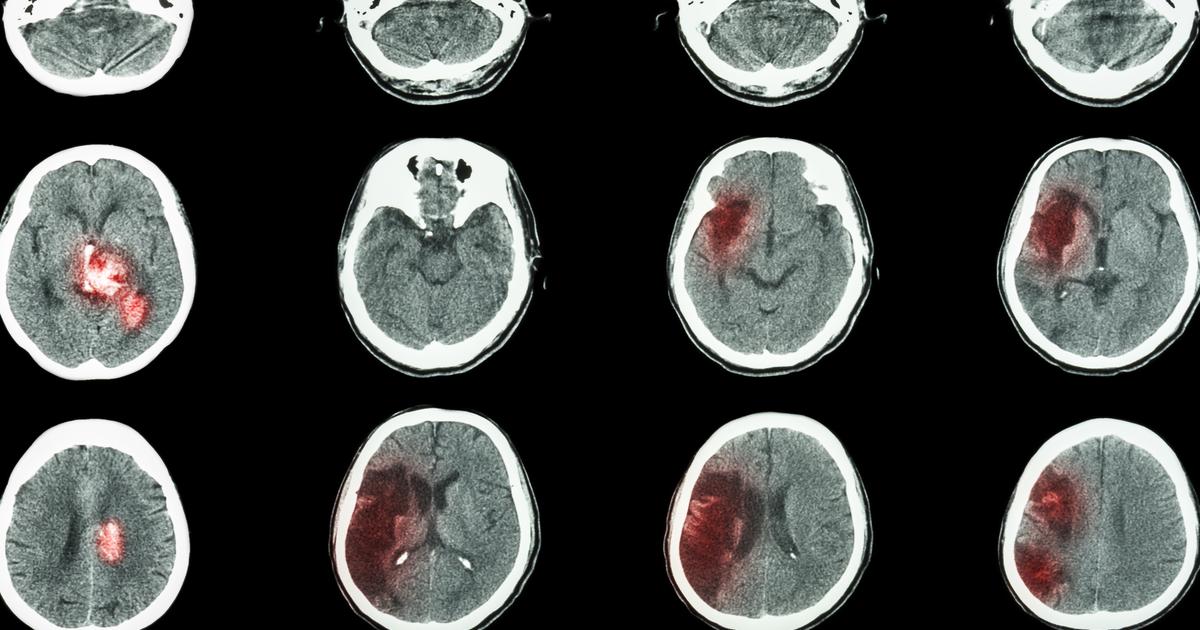Guide To The Causes And Risk Factors Of Periventricular Leukomalacia
Intraventricular Hemorrhage
An infant or unborn child affected by an intraventricular hemorrhage may develop periventricular leukomalacia as a complication of their emergent medical event. Intraventricular hemorrhage is a term used to describe when an individual experiences a bleed inside or around their brain ventricles. Brain ventricles are the spaces in an individual's brain filled with cerebrospinal fluid. Periventricular leukomalacia occurs when the white matter in the spaces between the individual's ventricles becomes damaged and can no longer produce the protective myelin sheath that covers the nerves. An intraventricular hemorrhage causes blood to flow into these spaces that put excessive pressure on the cells that make up the white matter, which causes them to become damaged beyond repair and die. Intraventricular hemorrhage-precipitated periventricular leukomalacia is most common in babies born prematurely. The exact reason for this is not clear, but it is thought the increased fragility of a premature infant's blood vessels leads to their increased risk of intraventricular hemorrhage.
Uncover more risk factors and causes of periventricular leukomalacia now.
Infection In The Uterus

A periventricular leukomalacia patient may have been affected by an infection in the uterus before being born. The mechanism of how a maternal infection that crosses into uterus causes brain injury that leads to periventricular leukomalacia is not associated with immediate changes in the flow of blood to the unborn child's brain, unlike most of the other causes of the brain injury. Instead, it is thought the infection makes its way into the amniotic membranes around the unborn child and releases harmful toxins into the fluids. The harmful toxins released by the infection-causing pathogen cause the blood vessels in the unborn child's brain to develop abnormally. Abnormally formed blood vessels in the brain can cause problems later in the pregnancy and during the birth of the child. Certain infections that cross the uterus into the membranes around the unborn child are also known to produce inflammation in the umbilical cord and membranes, which increases the chance of periventricular leukomalacia. This increased risk is attributed to swelling and how it can interfere with the normal flow of blood. Maternal sepsis can be transferred to the blood of an unborn child, which has direct effects on the white matter in the brain, which may also cause periventricular leukomalacia.
Read more about periventricular leukomalacia risk factors now.
